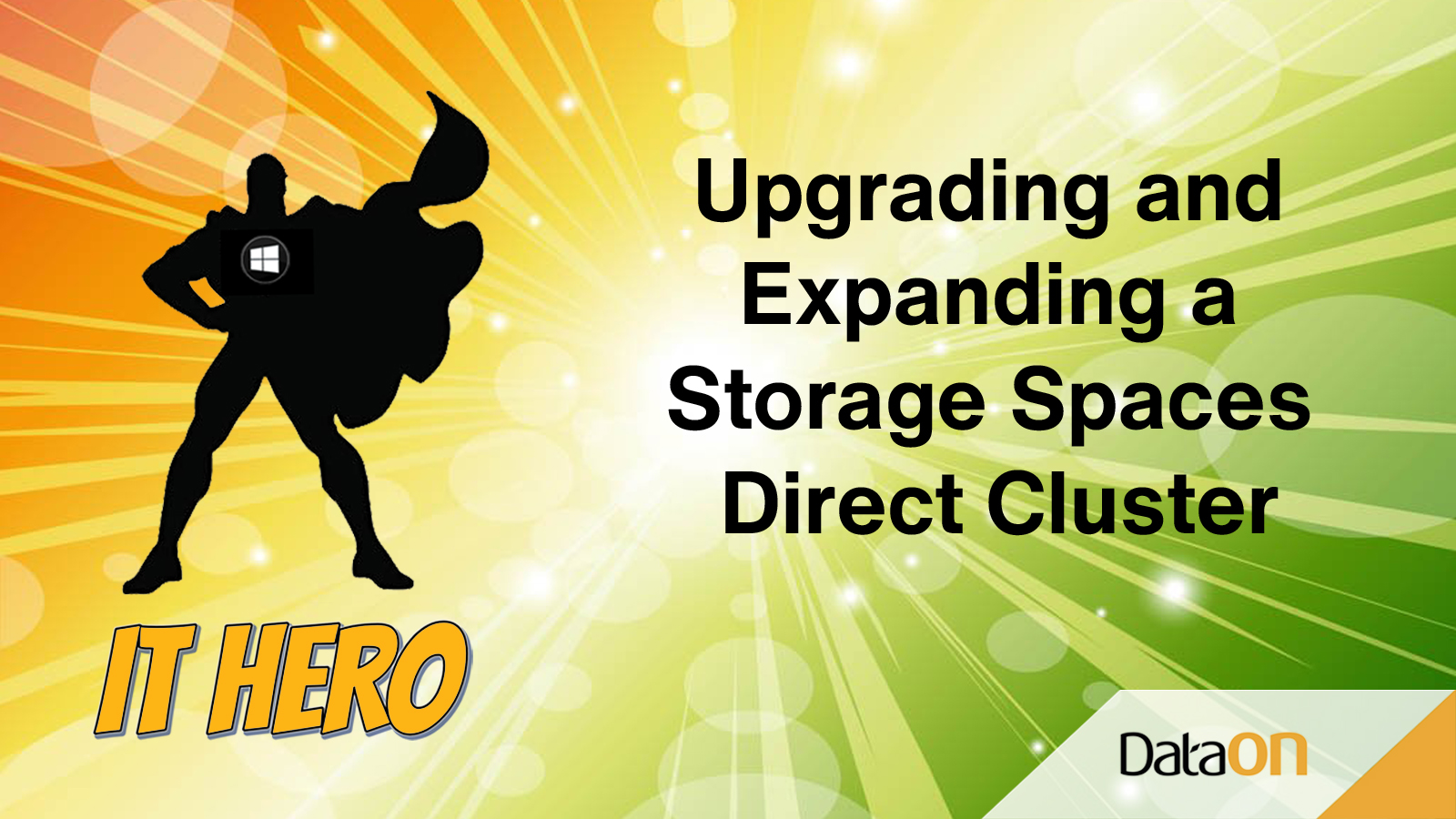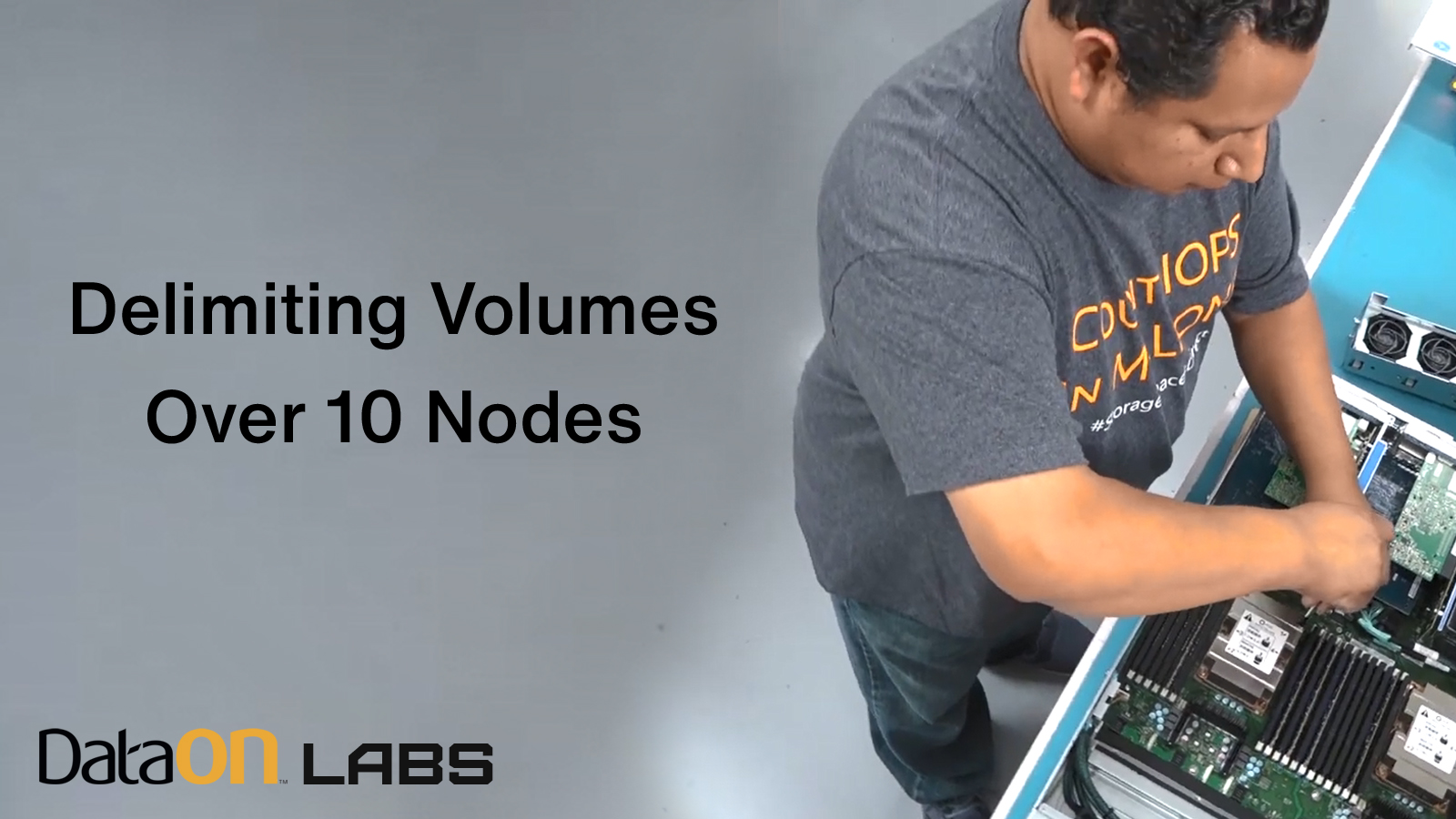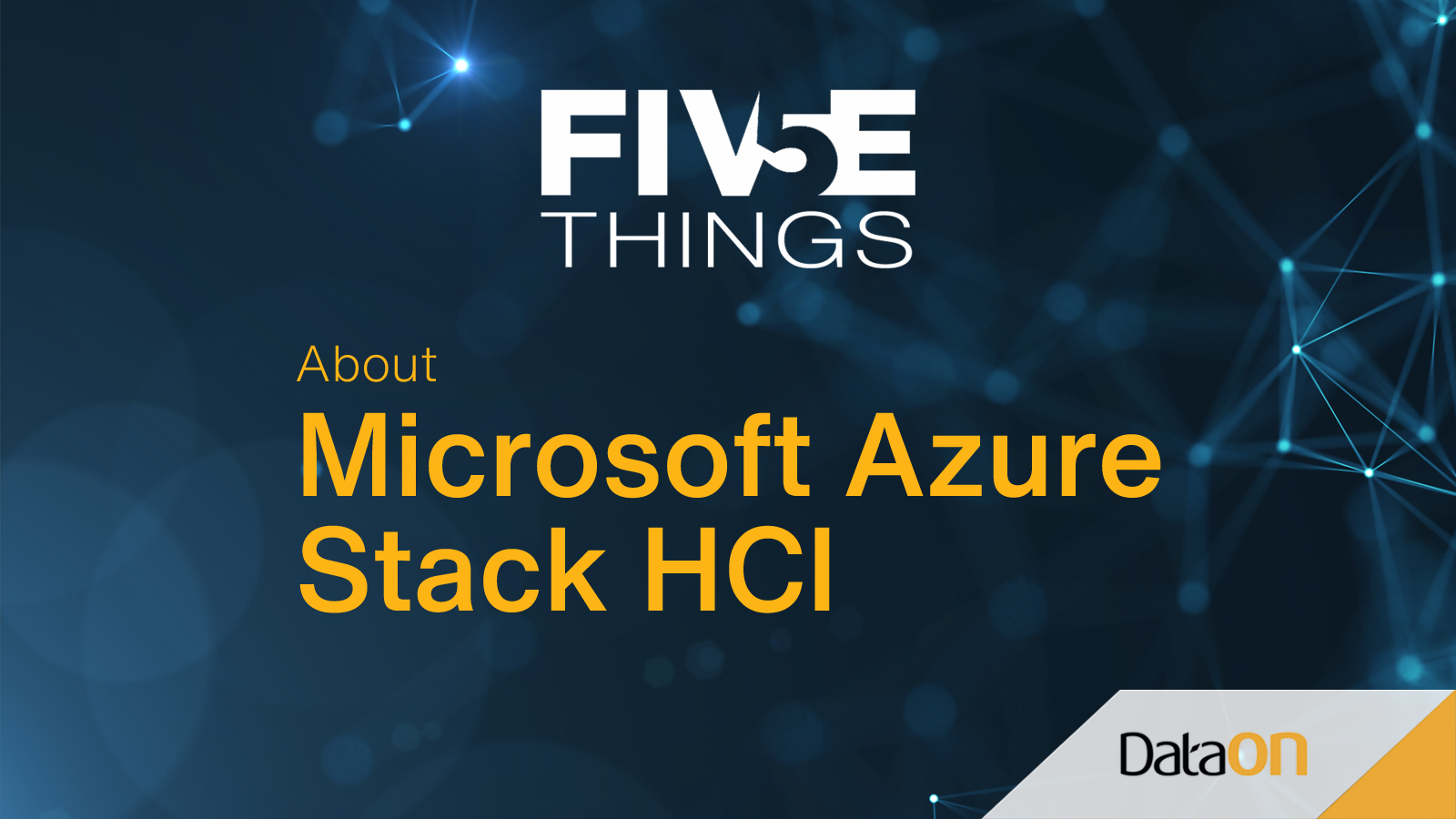DataON Labs: Testing QLC NVMe SSD Storage with Microsoft Azure Stack HCI

Comparing Intel® QLC SSD performance versus Intel MLC SSDs and hard disk drives (HDDs) Intel® 3D NAND drives use multi-level cell (MLC) technology. MLC drives, such as Intel DC P4510 NVMe SSDs, are very popular due to its price point but are limited to 8TB of storage capacity. For workloads that require high capacity or … DataON Labs: Testing QLC NVMe SSD Storage with Microsoft Azure Stack HCI







